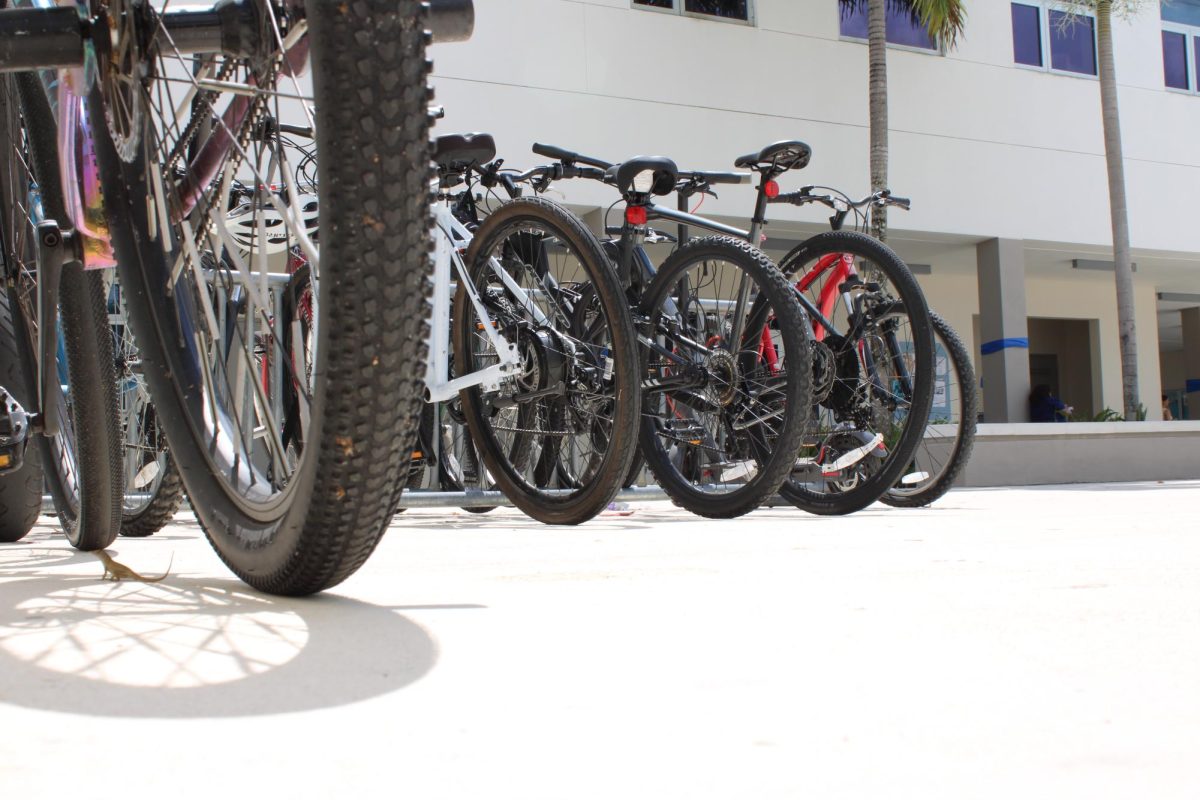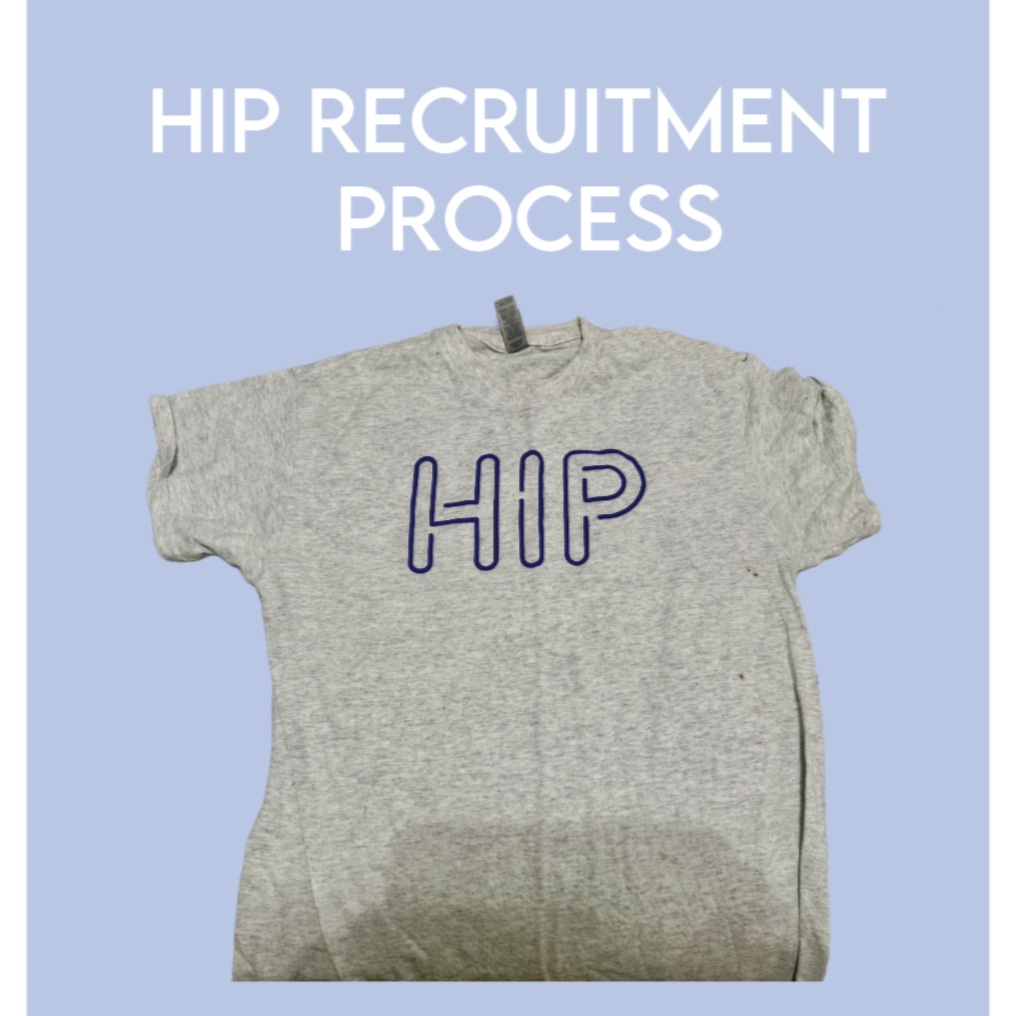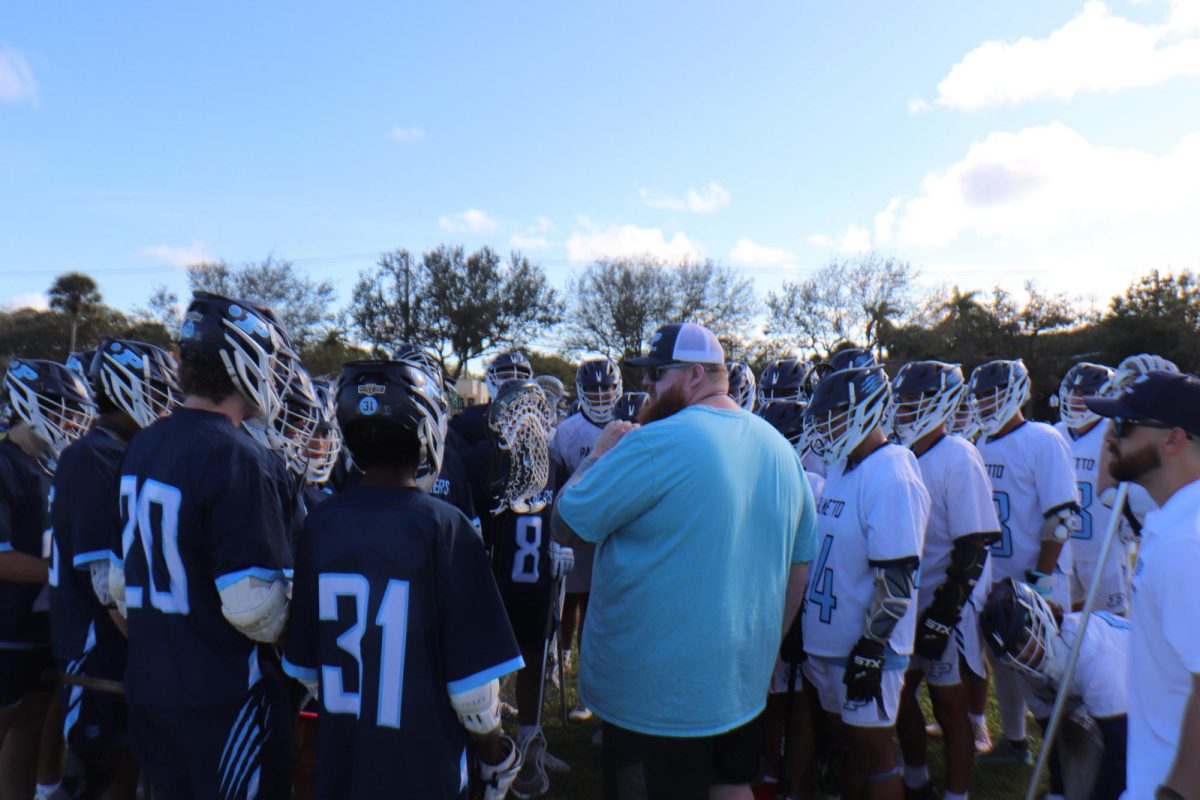Every day, at around 6:50 a.m., a framed 29er spacecraft edition bike is pulled from its usual spot by the front door and taken on the roads toward Miami Palmetto Senior High. The rider — now accustomed to this routine — completes his daily 20-to-30-minute bike ride, taking in the morning air and sights before his school day begins.
Junior Dhiren Singh has traveled to school via bicycle since his freshman year of high school, and like many others at MPSH, enjoys the mode of transportation in comparison to other forms for numerous reasons.
“I believe in reducing carbon emissions and after school I have [sports] practice and there’s not really a way to get home,” Singh said.
Cycling to school helps create a cleaner and healthier environment by reducing people’s carbon footprint. Gasoline-fueled vehicles release around five metric tons of carbon dioxide per year. By cycling rather than driving a car to school, students like Singh are contributing to efforts to help the environment, even if it is not always at the forefront of their minds.
While only about 11% of students in the U.S. bike to school, it provides many benefits for those who do. In Singh’s case, he can not only reduce his carbon footprint but leave his house on his own accord, rather than waking up earlier to catch the bus.
For other students behind the bike rack, biking to school allows them to get a head start on their day with the right mindset. Sophomore Joaquin Zabala bikes the short distance from his house every morning, already preparing for the school day ahead.
“[My favorite part about biking to school] is that it helps the blood start pumping so my brain starts to work. That way I’m not drowsy or anything in the morning [during class],” Zabala said.
Biking to school provides students with various health benefits since it assists in meeting the advised daily 60 minutes of physical activity. Meeting this daily goal has significant impacts on students’ performance, boosting brain function and allowing them to reach maximum potential during the school day.
“[Biking to school] really helps wake me up so that when I’m reading during school, I’m not completely asleep,” sophomore Max Byers said.
Byers also notes that biking to school has made him become friends with other cyclists, due to their constant run-ins at the bike rack. Following dismissal, the cyclists head over to the bike rack and often make conversation with others retrieving their bikes.
“Now I can bike with [others]. If I want to go places after school, I can go with them,” Byers said.
Yet, despite all the good that happens by riding a bike to school, there are still areas of safety to be concerned about. With the messiness of high-school drivers and the school’s proximity to US-1, one of Miami’s most dangerous highways, cyclists have to constantly be aware of their surroundings while riding to school.
Senior Andrew Chen has experienced run-ins with cars twice in his experience riding to school. Due to the early morning traffic and the amount of commercial vehicles utilizing US-1.
“[I recommend for cyclists to] wear a helmet and don’t bike recklessly; try to dodge cars as best as possible,” Chen said.
In Miami-Dade County alone, according to the Florida Department of Highway Safety and Motor Vehicles, there have been over 600 bicycle crashes since the start of 2023. Cyclists aged from 10 to 24 years old are the most likely to be injured in these types of accidents and compose a third of the already reported accidents. Most frequently, the causes of these collisions are a result of careless mistakes. On cyclists’ end, they should always wear a helmet to help prevent injuries; helmets offer 63-88% reduction in head and brain injuries.
Overall, sunshine or rain, it is always possible to spot cyclists on their way to MPSH. Whether it is for personal convenience or fun, cyclists are contributing to various aspects of their lives. There is always something more going on behind the bike rack.














